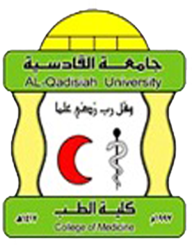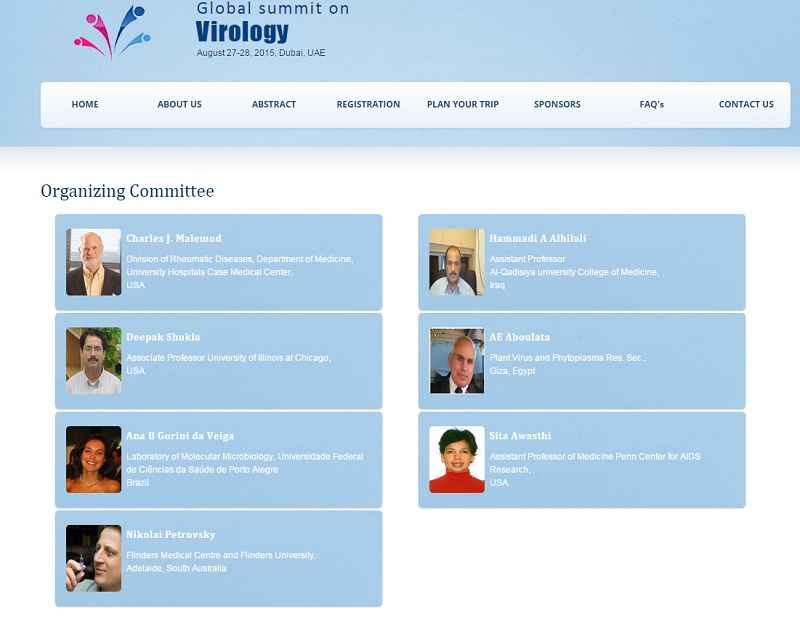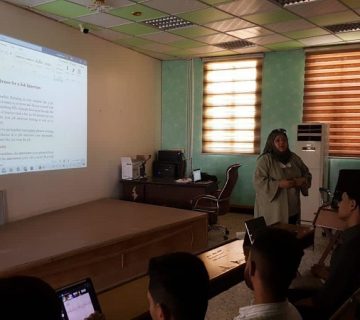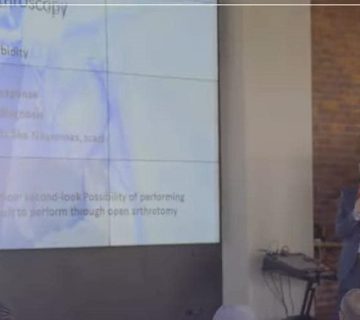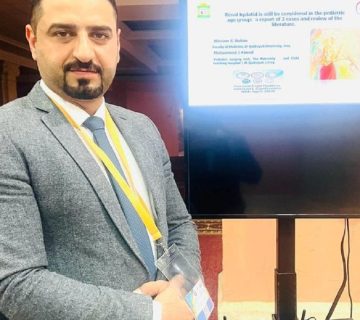البريد الالكترونيmed@qu.edu.iq
- الرئيســية
- الهيكل التنظيمي
- الفروع العلمية
- التدريسيون
- الطلبة
- الخريجين
- الخدمات الالكترونية
- وحدة التعليم الالكتروني
- جداول الامتحانات
- الجدول الأسبوعي
- المحاضرات الدراسية
- محاضرات فرع طب الأطفال
- محاضرات فرع الجراحة
- محاضرات فرع طب الأسرة والمجتمع
- محاضرات فرع الأدوية والعلاجيات
- محاضرات فرع النسائية والتوليد
- محاضرات فرع الأحياء المجهرية
- محاضرات فرع الأمراض والطب العدلي
- محاضرات فرع الفسلجة والفيزياء الطبية
- محاضرات فرع التشريح
- محاضرات فرع الكيمياء الطبية
- محاضرات فرع الباطنية
- العيادة الالكترونية
- أتصل بنا
English
- الرئيســية
- الهيكل التنظيمي
- الفروع العلمية
- التدريسيون
- الطلبة
- الخريجين
- الخدمات الالكترونية
- وحدة التعليم الالكتروني
- جداول الامتحانات
- الجدول الأسبوعي
- المحاضرات الدراسية
- محاضرات فرع طب الأطفال
- محاضرات فرع الجراحة
- محاضرات فرع طب الأسرة والمجتمع
- محاضرات فرع الأدوية والعلاجيات
- محاضرات فرع النسائية والتوليد
- محاضرات فرع الأحياء المجهرية
- محاضرات فرع الأمراض والطب العدلي
- محاضرات فرع الفسلجة والفيزياء الطبية
- محاضرات فرع التشريح
- محاضرات فرع الكيمياء الطبية
- محاضرات فرع الباطنية
- العيادة الالكترونية
- أتصل بنا
English
